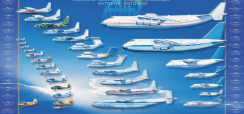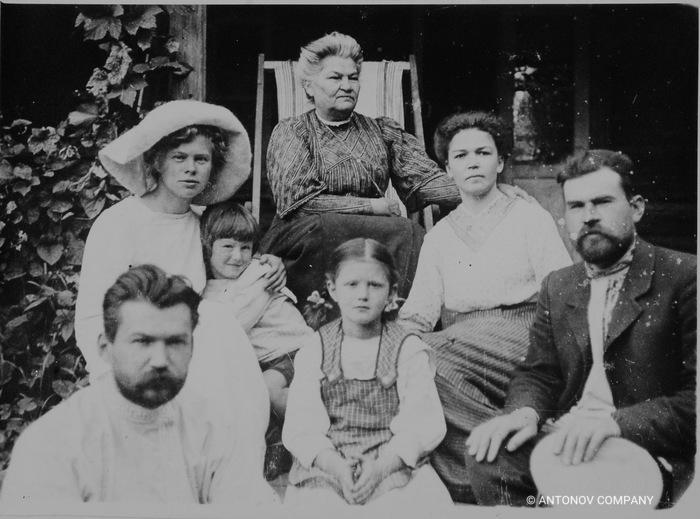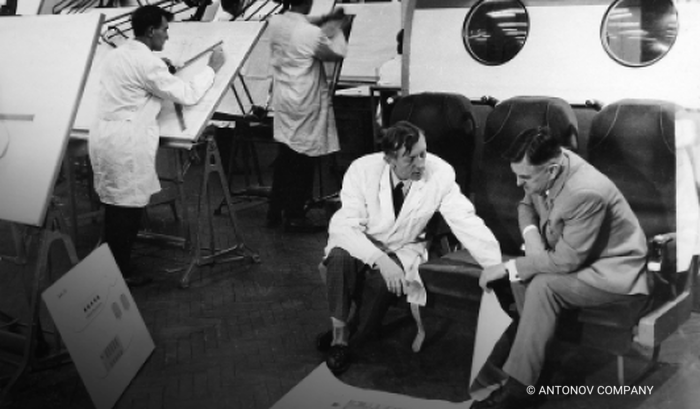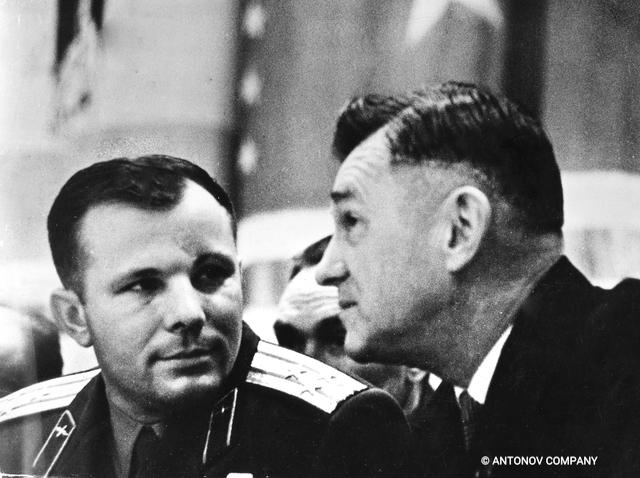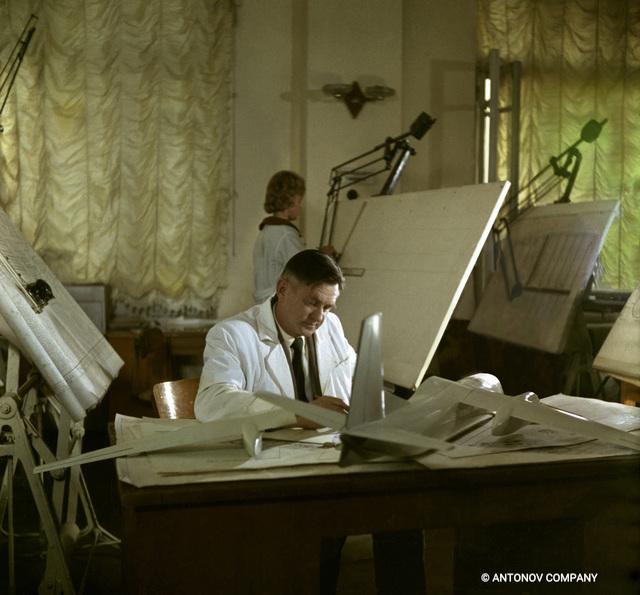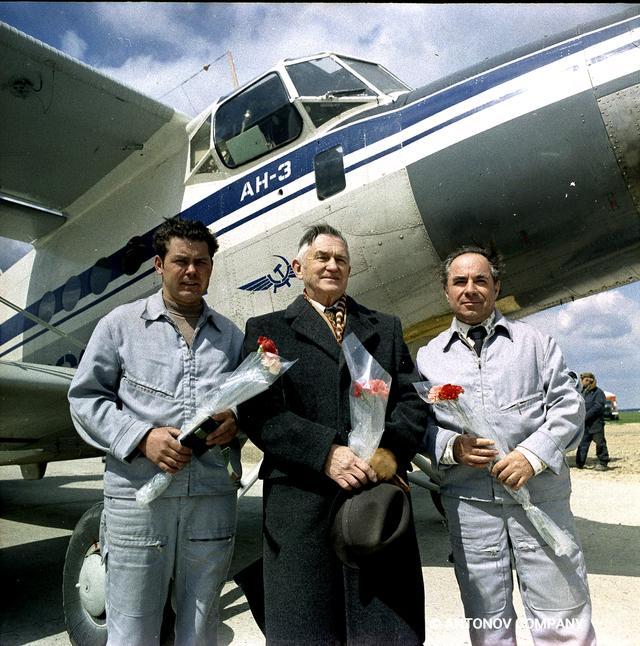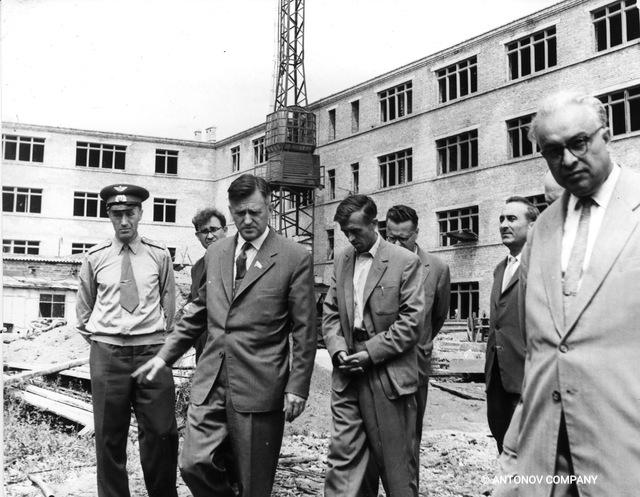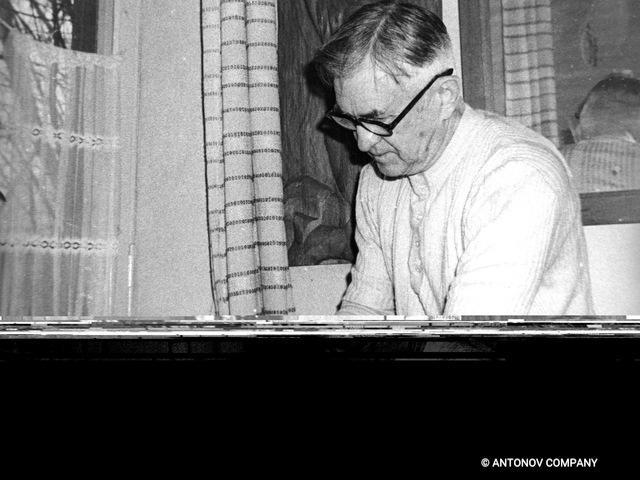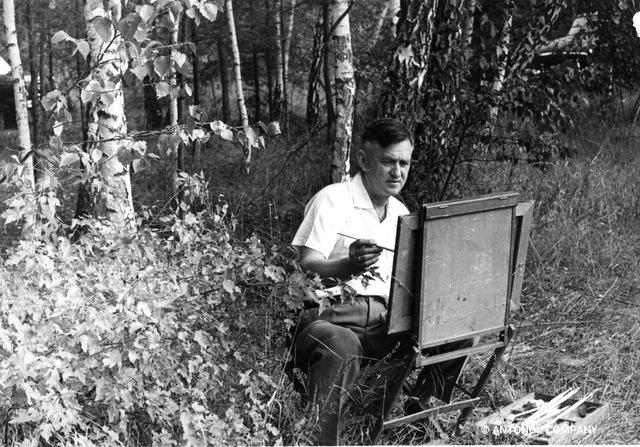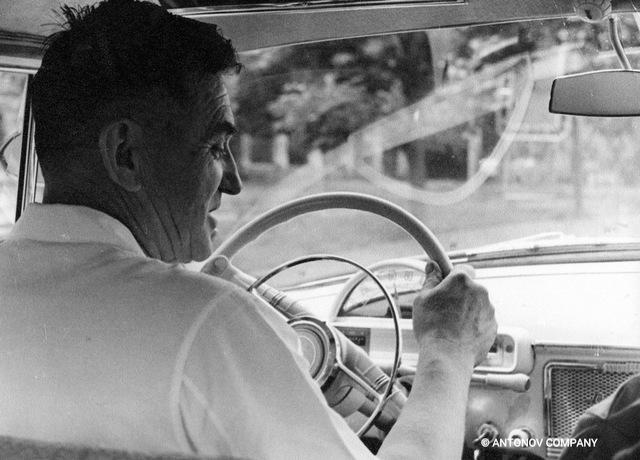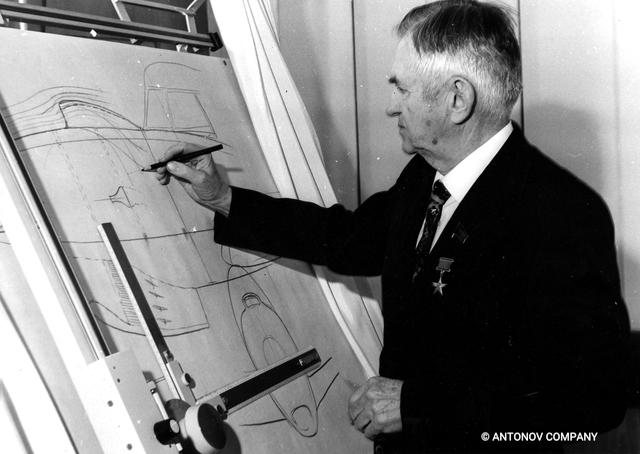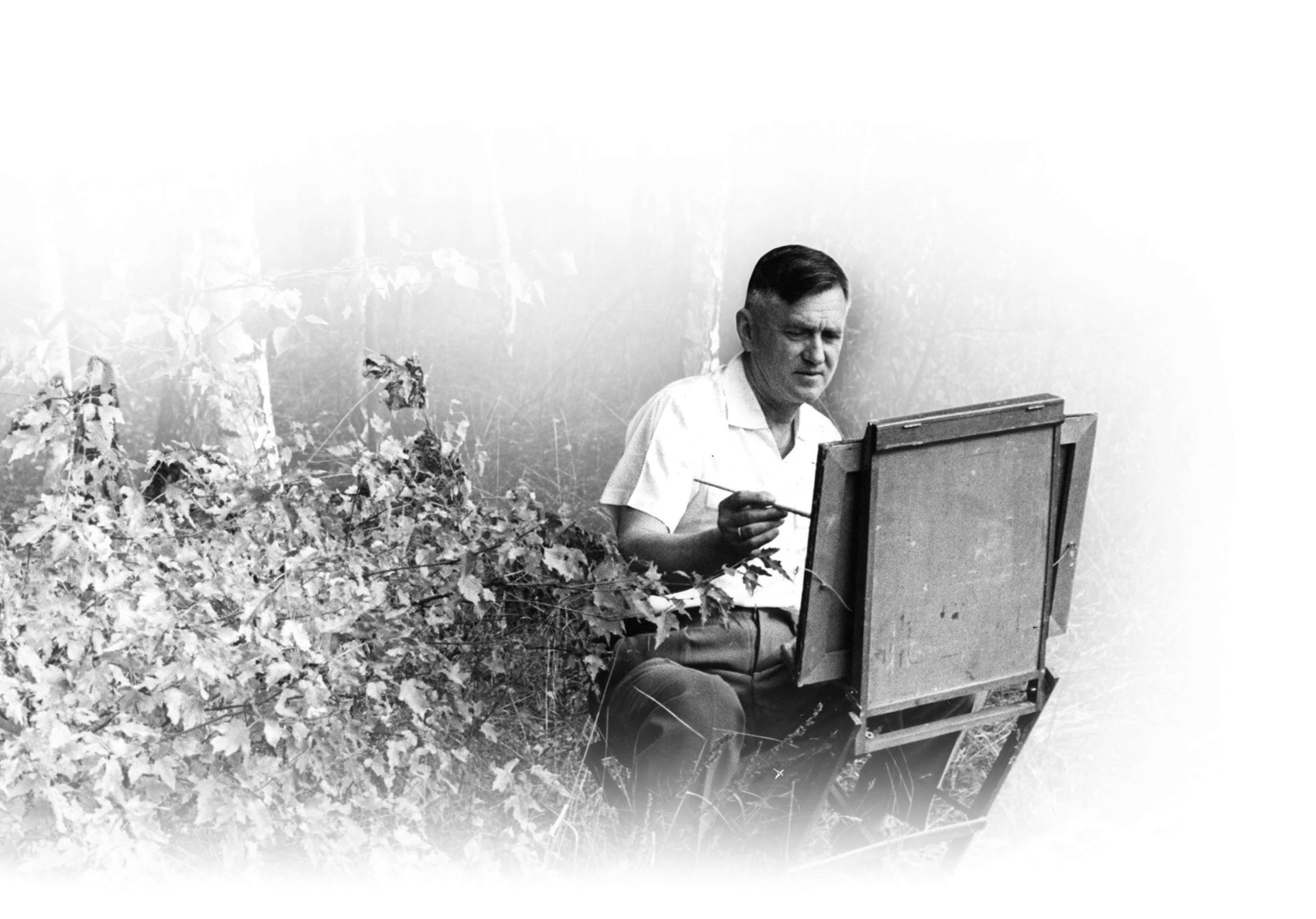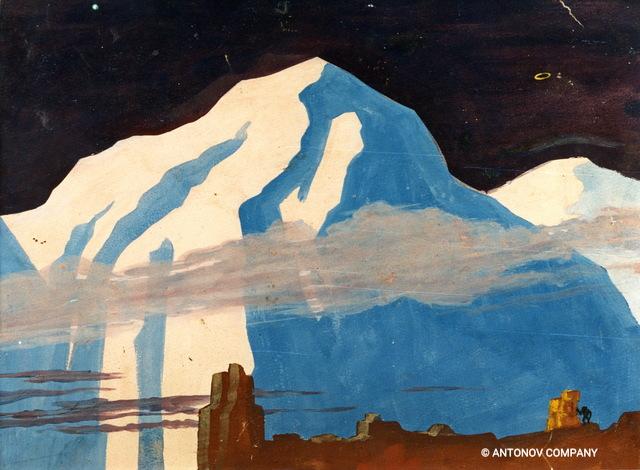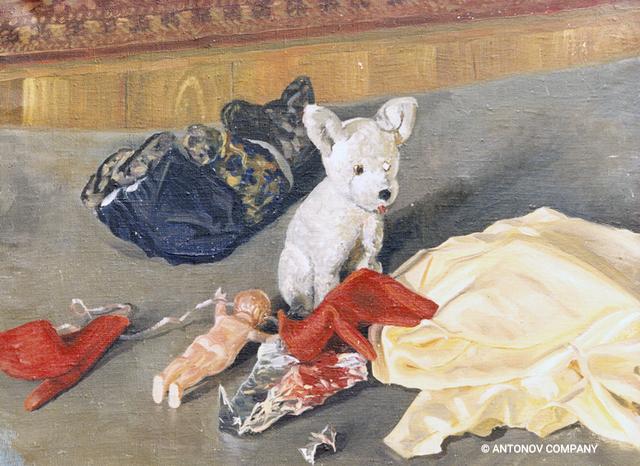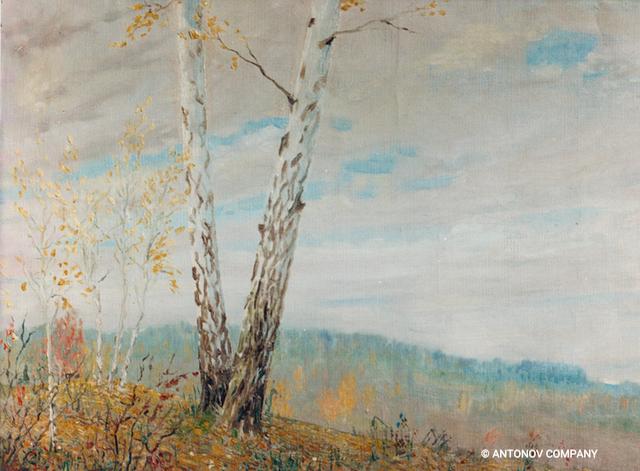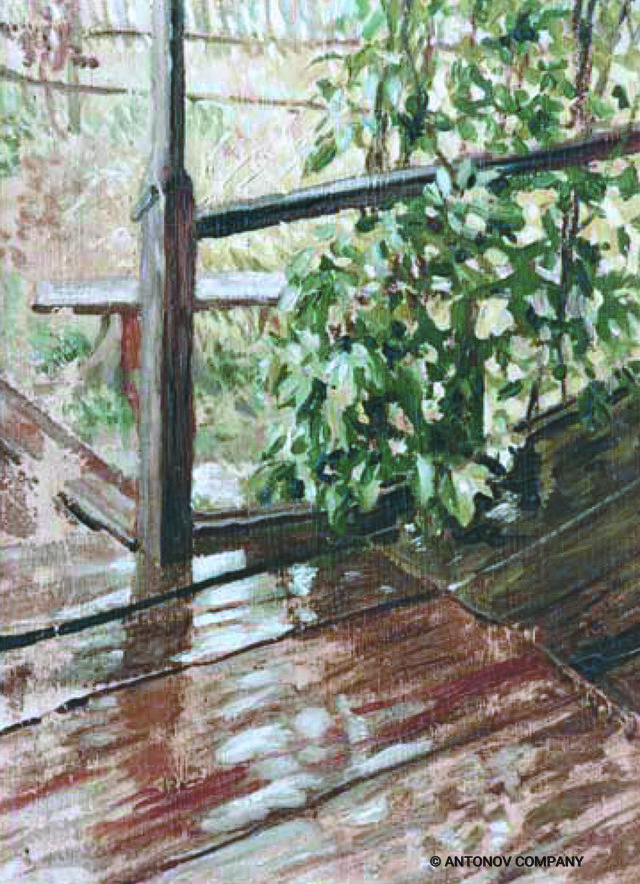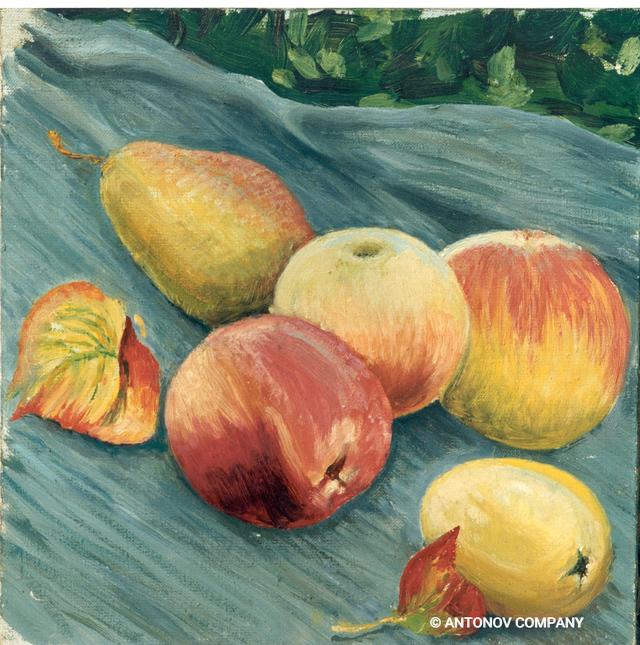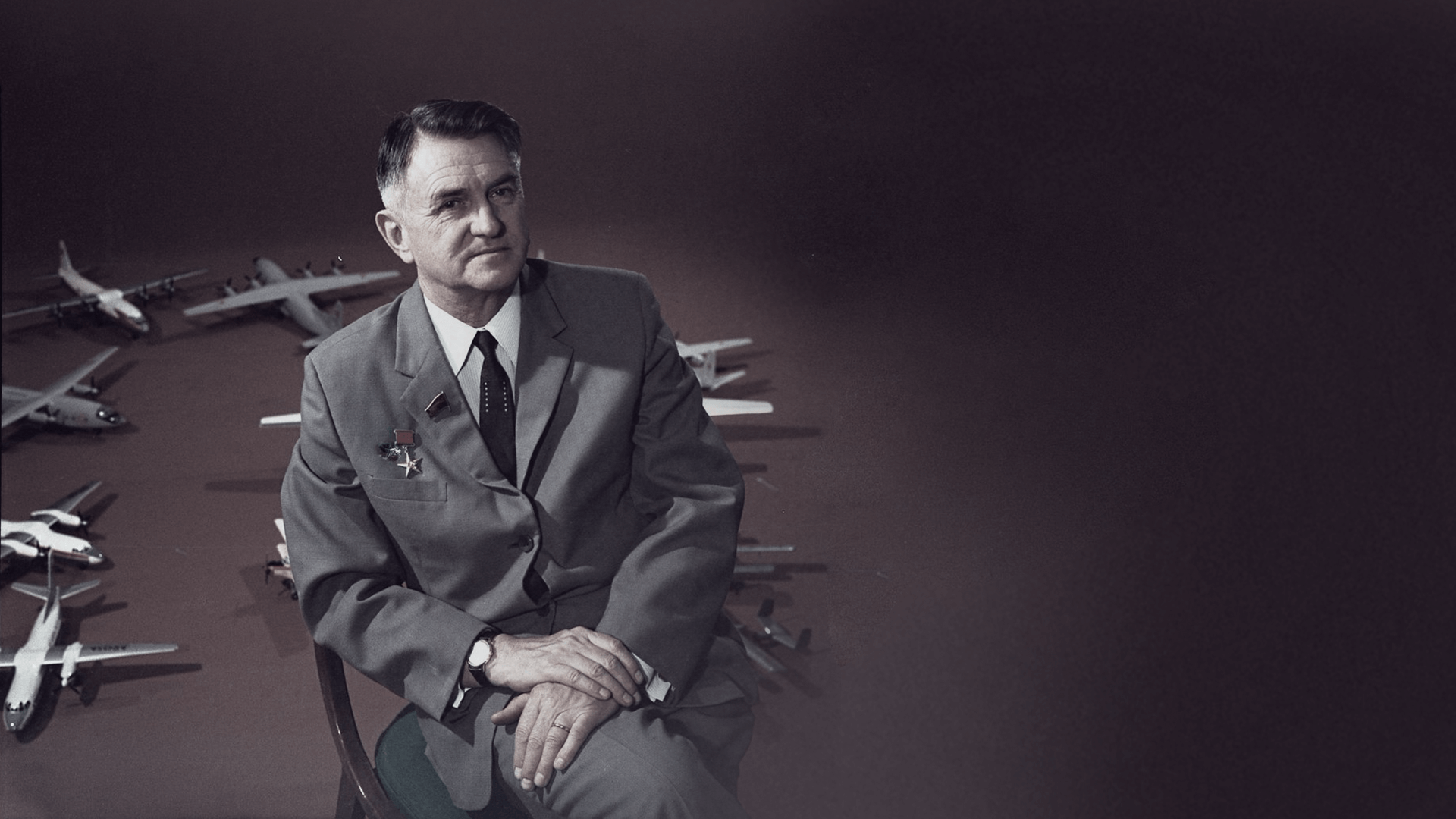Oleg Konstantinovich Antonov, 07(19).02.1906‚Äď04.04.1984 was a General Designer of Aircraft (1962), Hero of the Socialist Labor (1966), Lenin (1962) and State Prize winner (1952), academician of the Academy of Science of Ukraine (1967) and of the USSR (1981), Doctor of Science, Eng. (1960), Professor (1978), Honored Scientist of the Ukrainian SSR (1976), deputy of the USSR Supreme Soviet of the 5th ‚Äď 11th convocations; bearer of the Order of Lenin (1957, 1975), October Revolution (1971), the Red Banner of Labor (1944), of the Patriotic War First Class (1945), Resurgence of Poland (1967), decorated with the Great Patriotic War Partisan First Class medal and the A.N. Tupolev Gold medal (1984).



